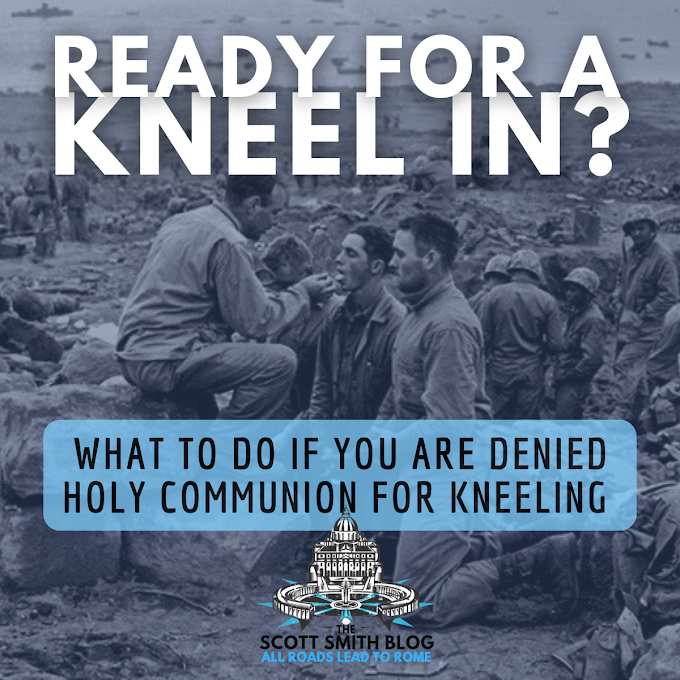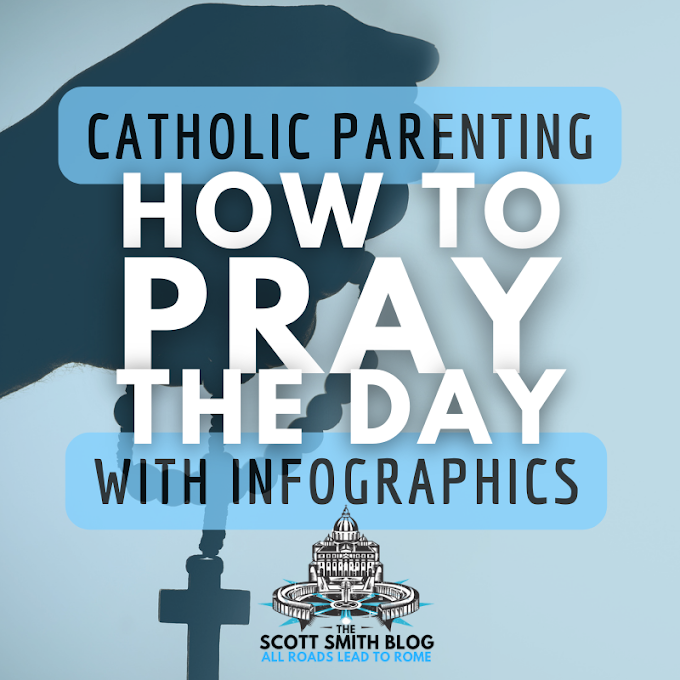You've heard this phrase many times: "The stone which the builders rejected has become the cornerstone (or the head of the corner)." It occurs several times in the Bible, including Psalm 118:22; Matthew 21:42; Mark 12:11; and Acts 4:11. I will cover each of these in turn.
The meaning seems pretty straightforward, right? The "builders" are the Jews, and the Jews "rejected" Christ. Now Christ has become the "cornerstone" of a New Temple and a New Kingdom, the Church.
Pretty easy to interpret, right? Not so fast!
I recently discovered that the meaning goes much, much deeper.
There is a particular reason that builders rejected stones for the Temple ... and it's fascinating!
Here are the times this phrase "The stone which the builders rejected has become the cornerstone" occurs in the Bible: Psalm 118:22; Matthew 21:42; Acts 4:11
Note the similarities between these three passages. There is more in common than just the repeated use of the phrase "The stone which the builders rejected has become the cornerstone."
Christ's Body is also the New Temple. Jesus makes this connection at John 2:19: "Destroy this temple, and in three days I will raise it up ... But he spoke of the temple of his body."
This is also a recurring theme. But, still, there's more. Look to the connection to salvation.
Psalm 118:22
17 I shall not die, but I shall live,and recount the deeds of the Lord.18 The Lord has chastened me sorely,but he has not given me over to death.19 Open to me the gates of righteousness,that I may enter through themand give thanks to the Lord.20 This is the gate of the Lord;the righteous shall enter through it.21 I thank thee that thou hast answered meand hast become my salvation.22 The stone which the builders rejectedhas become the cornerstone (head of the corner).23 This is the Lord’s doing;it is marvelous in our eyes.24 This is the day which the Lord has made;let us rejoice and be glad in it.25 Save us, we beseech thee, O Lord!O Lord, we beseech thee, give
Note some of the phrases found in Psalm 118. Even though this is the Old Testament, look how it points to Christ's crucifixion, resurrection, and work of salvation.
- Crucifixion: "The Lord has chastened me sorely."
- Resurrection: "I shall not die, but I shall live"; "the day which the Lord has made ... rejoice"
- Salvation: "Has become my salvation"
Matthew 21:42-44 (plus Mark 12:11), Following "The Parable of the Wicked Tenants"
42 Jesus said to them, “Have you never read in the scriptures:‘The very stone which the builders rejectedhas become the cornerstone (head of the corner);this was the Lord’s doing,and it is marvelous in our eyes’?43 Therefore I tell you, the kingdom of God will be taken away from you and given to a nation producing the fruits of it. 44 And he who falls on this stone will be broken to pieces; but when it falls on any one, it will crush him.”
Right before this passage Jesus tells a parable. We can't understand Jesus' words without first understanding the parable.
It's the "Parable of the Wicked Tenants." Remember this one? The owner of the vineyard rents his land out to tenants. The owner sends his servants to collect the rent, and the tenants kill the servants. Then, the owner sends his own son. The tenants also kill the owner's son. Bad tenants!
Again, like Psalm 118, an obvious reference is made to Jesus' Crucifixion. The tenants of the vineyard are the Jews, who first kill God's prophets. Then God sends His Son, and they kill Him, too.
So why do all these passages involve the Crucifixion? Is it just because that's the Jews "rejecting" Jeuss, the cornerstone? Yes and no ...
Acts 4:11
8 Then Peter, filled with the Holy Spirit, said to them, “Rulers of the people and elders, 9 if we are being examined today concerning a good deed done to a cripple, by what means this man has been healed, 10 be it known to you all, and to all the people of Israel, that by the name of Jesus Christ of Nazareth, whom you crucified, whom God raised from the dead, by him this man is standing before you well. 11 This is the stone which was rejected by you builders, but which has become the cornerstone (head of the corner) 12 And there is salvation in no one else, for there is no other name under heaven given among men by which we must be saved.”
Again, reference is made to the Crucifixion. Why?
So Why Do the Builders Reject Stones?
I have been reading through the Mishnah recently, as part of another writing project. The Mishnah is a book of all the Jewish oral traditions that the rabbis wrote down. If you're Catholic, you're probably thinking -- wow -- so that's the Jewish roots of Tradition. But I digress ...
Here is an excerpt from Mishnah Middot 2, as translated by Dr. Joshua Kulp:
The stones both of the ascent and of the altar were taken from the valley of Bet Kerem. They dug into virgin soil and brought from there whole stones on which no iron had been lifted, since iron disqualifies by mere touch, though a flaw made by anything could disqualify. If one of them received a flaw, it was disqualified, but the rest were not. They were whitewashed twice a year, once at Pesah and once at Hag, and the Sanctuary was whitewashed once a year, at Pesah. Rabbi says: they were whitewashed every Friday with a cloth on account of the blood stains. The plaster was not laid on with an iron trowel, for fear that it might touch and disqualify. Since iron was created to shorten man's days and the altar was created to prolong man's days, and it is not right therefore that that which shortens should be lifted against that which prolongs.
Since iron was created to shorten man's days and the altar was created to prolong man's days, and it is not right therefore that that which shortens should be lifted against that which prolongs.
Quick Note on the Virgin Mary
Want More of This? Want a Richer Reading of the Bible?
I hope you enjoyed this article. I hope you're saying why wasn't I ever taught this about the fig tree? The Bible is full of rich, but overlooked images just like this.
I published a whole book and and e-course like this on the Virgin Mary: What You Need to Know About Mary But Were Never Taught. Click below to enroll:



















5 Comments